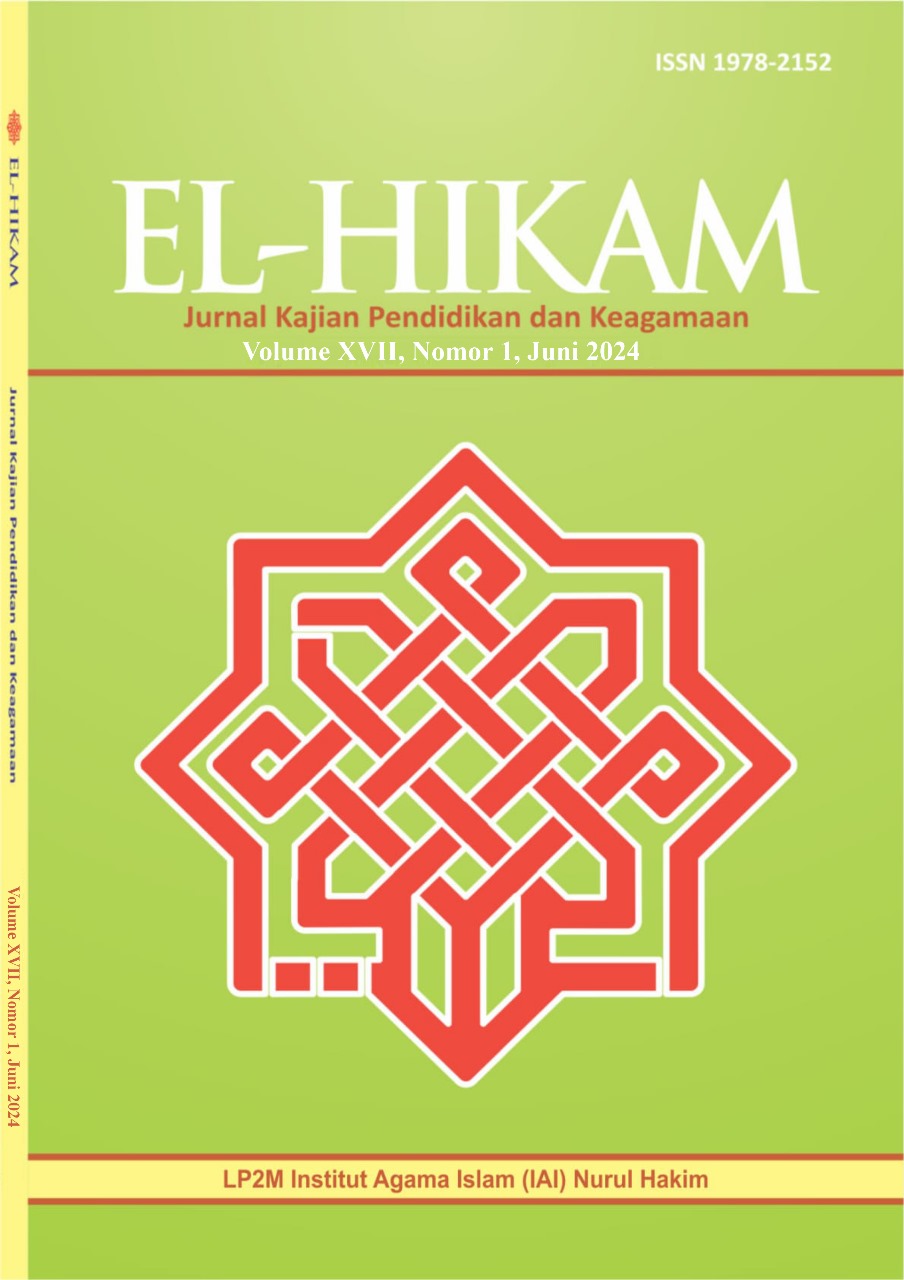CHALLENGES OF CLASSROOM MANAGEMENT IN TEACHING ENGLISH TO YOUNG LEARNERS IN DIFFICULT CIRCUMSTANCES AN ISLAMIC BOARDING SCHOOL SETTING
DOI:
https://doi.org/10.57210/elhikam.v17i1.511Abstrak
ABSTRACT
English language education in Islamic boarding schools presents unique challenges and opportunities due to their distinctive cultural and institutional characteristics. This qualitative case study investigates classroom management challenges and opportunities in teaching English at an Islamic boarding school. Through observation and interviews with three English teachers in an Islamic Boarding School in Lombok, the study identified several significant challenges including, insufficient facilities, student fatigue from numerous activities, time constraints, shortage of qualified tutors, and the non-compulsory status of English in the curriculum. However, the study also revealed notable opportunities within this educational context, particularly in terms of institutional autonomy. This autonomy manifests in greater freedom regarding rule-making, financial allocation, and pedagogical approaches. These findings provide valuable insights into the complex dynamics of English language teaching within Islamic boarding school environments and suggest potential pathways for institutional improvement.
Referensi
Cameron, L. (2003). Challenges for ELT from the expansion in teaching children. ELT journal, 57(2), 105-112.
Evertson, C. M., & Weinstein, C. S. (Eds.). (2013). Handbook of classroom management: Research, practice, and contemporary issues. Routledge.
Jazadi, I. W. A. N. (2000). Constraints and resources for applying communicative approaches in Indonesia. EA journal, 18(1), 31-40.
Johnstone, R. (2009). An early start: What are the key conditions for generalized success. Young learner English language policy and implementation: International perspectives, 31-41.
Marzano, R. J., & Marzano, J. S. (2003). The key to classroom management. Educational leadership, 61(1), 6-13.
Nikitina, L. (2011). Creating an authentic learning environment in the foreign language classroom. International Journal of Instruction, 4(1).
Nikolov, M. (Ed.). (2009). Early learning of modern foreign languages: Processes and outcomes (Vol. 38). Multilingual Matters.
Ralph, E. G. (1994). Middle and secondary L2 teachers meeting classroom management challenges via effective teaching research. Foreign Language Annals, 27(1), 89-103.
Rich, S. (2014). Taking stock: Where are we now with TEYL?. In International perspectives on teaching English to young learners (pp. 1-19). Palgrave Macmillan, London.
Hulu, N. A. (2024). Teachers’ Difficulties in Teaching English to Young Learners in 5 Schools at Nias. The Journal Of English Teaching For Young And Adult Learners, 3(1), 21–27. https://doi.org/10.21137/jeeyal.2024.3.1.4
Sekar Pramesty, N., Maghfiroh, A., & Atiek Mustikawati, D. (2022). Teachers’ Challenges in Teaching English to Young Learners in Rural Area. AL-ISHLAH: Jurnal Pendidikan, 14(4), 5283-5292. doi:https://doi.org/10.35445/alishlah.v14i4.1517
COPLAND, F., GARTON, S., & BURNS, A. (2014). Challenges in Teaching English to Young Learners: Global Perspectives and Local Realities. TESOL Quarterly, 48(4), 738–762. http://www.jstor.org/stable/43268015
Diterbitkan
Terbitan
Bagian
Hak Cipta (c) 2024 Jurnal El-Hikam

Artikel ini berlisensi Creative Commons Attribution 4.0 International License.




